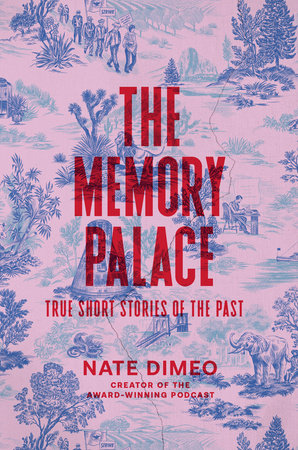Memory Transferred between Snails, Challenging Customary Concept of ho…
페이지 정보
작성자 Cara 작성일 25-09-09 10:35 조회 14 댓글 0본문

Many scientists are expected to view the research more cautiously. The work is in snails, animals that have proven a powerful model organism for neuroscience but whose simple brains work far differently than those of humans. The experiments will should be replicated, including in animals with more complex brains. And the results fly within the face of a large quantity of evidence supporting the deeply entrenched idea that recollections are saved by way of modifications within the strength of connections, or synapses, between neurons. "If he’s proper, this can be absolutely earth-shattering," said Tomás Ryan, an assistant professor at Trinity College Dublin, whose lab hunts for engrams, or the physical traces of memory. Glanzman knows his unceremonial demotion of the synapse will not be going to go over nicely in the sphere. "I anticipate lots of astonishment and skepticism," he stated. Even his own colleagues had been dubious. "It took me a very long time to convince the individuals in my lab to do the experiment," he mentioned.
Glanzman’s experiments-funded by the Nationwide Institutes of Well being and the National Science Basis-involved giving mild electrical shocks to the marine snail Aplysia californica. Shocked snails study to withdraw their delicate siphons and gills for practically a minute as a protection when they subsequently receive a weak touch; snails that haven't been shocked withdraw solely briefly. The researchers extracted RNA from the nervous methods of snails that had been shocked and injected the material into unshocked snails. RNA’s main role is to function a messenger inside cells, Memory Wave Protocol carrying protein-making instructions from its cousin DNA. But when this RNA was injected, these naive snails withdrew their siphons for prolonged durations of time after a mushy contact. Management snails that received injections of RNA from snails that had not obtained shocks didn't withdraw their siphons for as lengthy. "It’s as if we transferred a memory," Glanzman said. Glanzman’s group went further, exhibiting that Aplysia sensory neurons in Petri dishes have been extra excitable, as they are usually after being shocked, if they were uncovered to RNA from shocked snails.
Publicity to RNA from snails that had never been shocked did not cause the cells to develop into more excitable. The outcomes, stated Glanzman, suggest that recollections could also be stored within the nucleus of neurons, where RNA is synthesized and may act on DNA to show genes on and off. He said he thought memory storage concerned these epigenetic adjustments-changes within the activity of genes and not in the DNA sequences that make up these genes-which can be mediated by RNA. This view challenges the extensively held notion that recollections are saved by enhancing synaptic connections between neurons. Quite, Glanzman sees synaptic adjustments that occur throughout Memory Wave formation as flowing from the knowledge that the RNA is carrying. "This idea is radical and definitely challenges the sphere," said Li-Huei Tsai, a neuroscientist who directs the Picower Institute for Learning and Memory at the Massachusetts Institute of Technology. Tsai, who lately co-authored a serious evaluate on Memory Wave Protocol formation, known as Glanzman’s examine "impressive and interesting" and stated numerous studies assist the notion that epigenetic mechanisms play some function in memory formation, which is probably going a complex and multifaceted course of.
- 이전글 You'll Be Unable To Guess Locksmith Car Key Near Me's Secrets
- 다음글 Ten Things Everybody Is Uncertain About Buy A Driver's License Online – Experiences
댓글목록 0
등록된 댓글이 없습니다.
